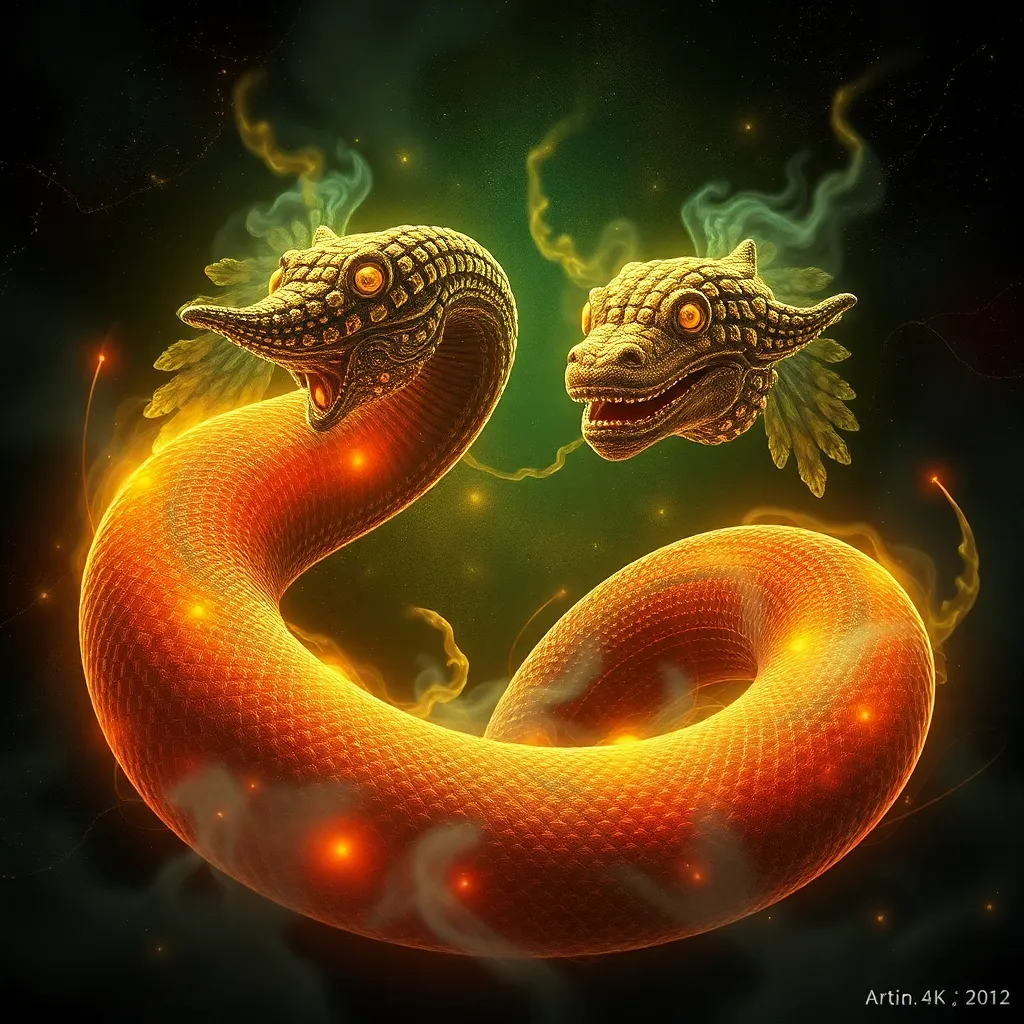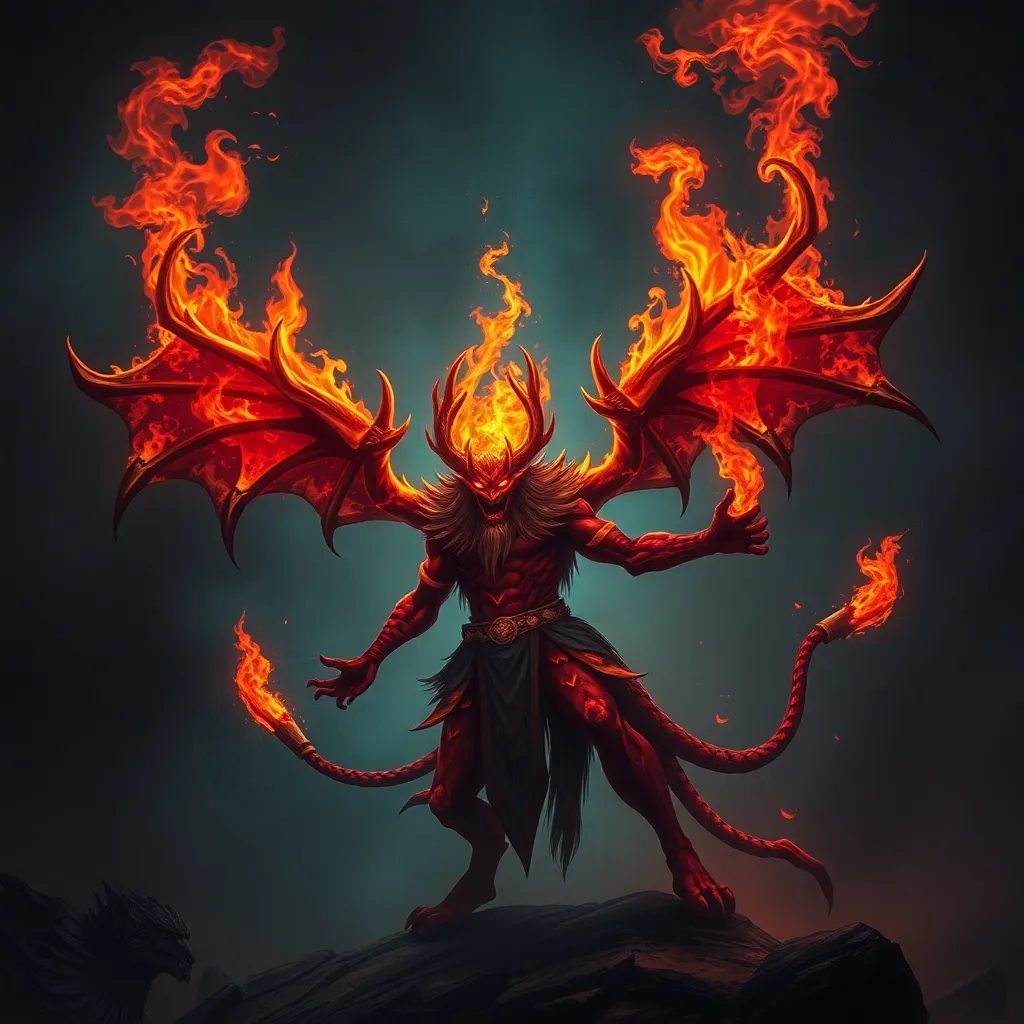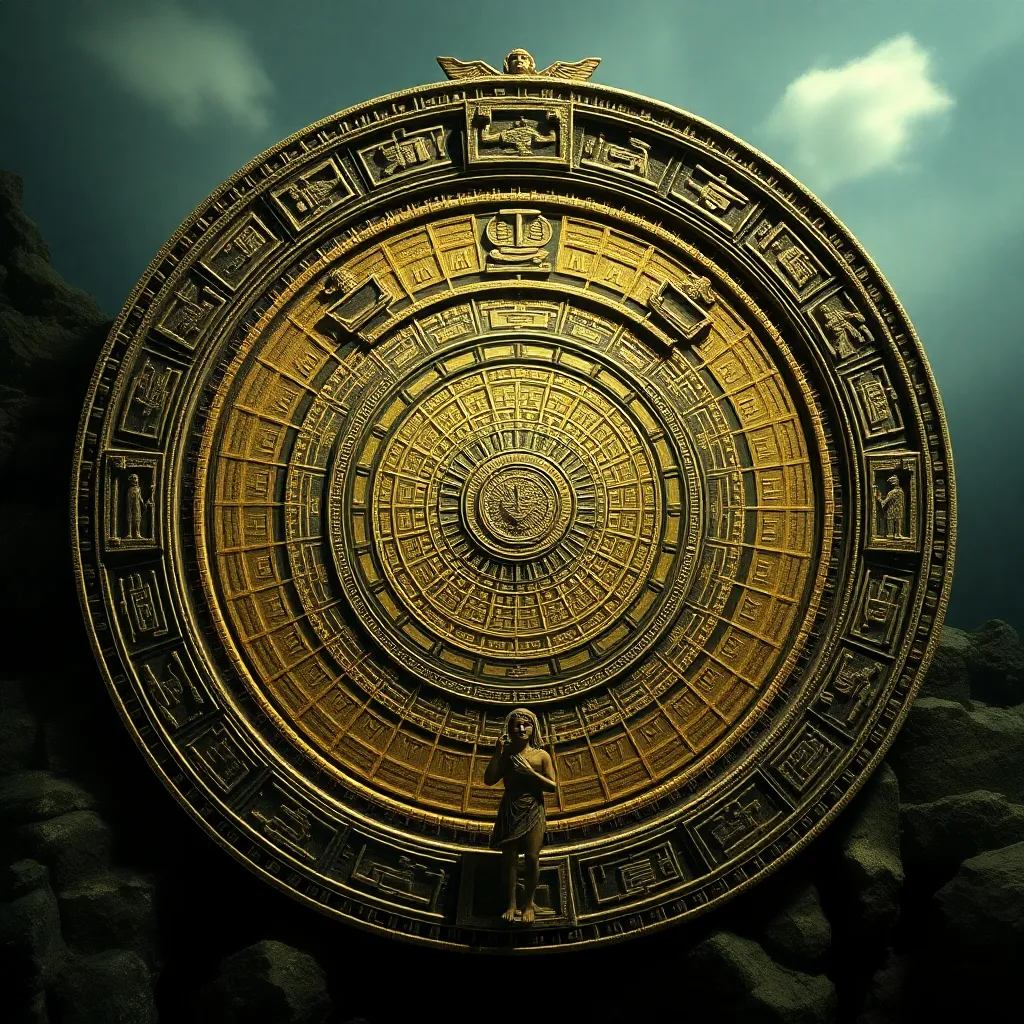The Serpent’s Song: Exploring the Musical Influences of Cipactli
I. Introduction to Cipactli
Cipactli, a prominent figure in Aztec mythology, is often depicted as a monstrous serpent or crocodile. This creature holds immense significance as it is regarded as the Earth itself, involved deeply in the creation myths of the Aztec civilization. The narrative surrounding Cipactli encapsulates themes of creation, chaos, and the duality of life and death, making it a compelling subject for exploration in various cultural contexts, especially music.
The mythology of Cipactli reveals its association with the primordial chaos that existed before the world was formed. As a creature of both creation and destruction, Cipactli’s story is a reflection of the natural world’s balance, where harmony and discord coexist. This duality is not only essential in mythology but also resonates deeply within the musical traditions that arise from these narratives.
II. Historical Context of Aztec Music
Music played a fundamental role in Aztec culture, serving not just as entertainment but as an integral part of religious and social rituals. Festivals, ceremonies, and daily life were often accompanied by musical performances, which were believed to connect the physical world with the divine.
Instruments commonly used in Aztec musical traditions include:
- Drums: Such as the teponaztli, which produced deep, resonant sounds that were believed to summon deities.
- Flutes: Made from various materials, these instruments conveyed melodies that could express a range of emotions.
- Rattles: Often used in ceremonies to invoke spirits and enhance the rhythmic complexity of musical pieces.
- Horns: Used during important events to signal gatherings and celebrations.
The interplay of these instruments created a rich tapestry of sound that conveyed the beliefs and experiences of the Aztec people.
III. The Symbolism of the Serpent in Music
The serpent is a powerful motif in various cultures, symbolizing transformation, fertility, and the cycle of life. In Aztec mythology, serpents embody the dual nature of existence and the connection between the earthly realm and the heavens.
Musically, the serpent influences themes and narratives in the following ways:
- Transformation: Melodies that evoke change or metamorphosis often incorporate serpent-like motifs, representing the fluidity of life.
- Chaos and Order: Rhythmic patterns may oscillate between dissonance and harmony, mirroring the chaotic nature of Cipactli.
- Connection to the Divine: Musical pieces that invoke serpentine imagery can serve as a bridge between the mundane and the spiritual.
IV. Cipactli’s Influence on Traditional Aztec Music
Several specific musical pieces and traditions have been inspired by the myth of Cipactli. These compositions often reflect the characteristics associated with Cipactli, such as its power and its role in creation.
Examples of musical elements connected to Cipactli include:
- Rhythmic Complexity: The use of syncopation and polyrhythms can represent the chaotic nature of Cipactli’s existence.
- Melodic Structures: Ascending melodies might symbolize the rise of creation from chaos, echoing Cipactli’s emergence from the primordial waters.
- Use of Repetition: Repeating motifs can mirror the cyclical nature of life and death inherent in the Cipactli narrative.
V. Contemporary Interpretations of Cipactli’s Song
In contemporary music, artists are increasingly drawing inspiration from Aztec mythology and figures like Cipactli. This fusion of traditional and modern styles results in a rich exploration of identity and heritage.
Some notable trends include:
- World Music Fusion: Artists blend traditional Aztec instruments with modern genres such as jazz, rock, and electronic music, creating innovative soundscapes.
- Storytelling through Music: Musical narratives often weave mythological themes into lyrics, allowing audiences to engage with ancient stories in a modern context.
- Revival of Traditional Techniques: Contemporary musicians are incorporating ancient Aztec musical techniques and instruments, preserving cultural heritage while innovating new sounds.
VI. The Role of Nature and Environment in Cipactli’s Song
The narrative of Cipactli is deeply intertwined with nature and the environment, which significantly influences musical compositions inspired by this myth. Natural sounds, such as the rustling of leaves, flowing water, and animal calls, can serve as a foundation for creating music that echoes the essence of Cipactli.
Ecological symbolism found in Cipactli’s narrative includes:
- Creation and Destruction: The duality of nature is reflected in music that embodies both serene and chaotic elements.
- Cycles of Life: Musical themes that mimic natural cycles—birth, growth, decay—can draw parallels to Cipactli’s story.
- Harmony with Nature: The integration of natural sounds into musical compositions emphasizes the importance of the environment in understanding mythological narratives.
VII. Theoretical Framework: Music and Mythology
Mythology profoundly shapes musical expression, providing a rich context from which artists draw inspiration. The interplay between story and sound is particularly evident in Aztec culture, where music serves not only as a form of artistic expression but also as a means to convey spiritual and historical significance.
Key theoretical concepts include:
- Cultural Memory: Music acts as a repository for cultural narratives, allowing myths like that of Cipactli to be passed down through generations.
- Symbolism in Sound: The use of specific musical elements (e.g., rhythm, melody, harmony) can evoke the qualities of mythological figures.
- Emotional Resonance: Music has the power to evoke emotions that align with the themes of mythology, creating a deeper connection to the stories.
VIII. Conclusion: The Legacy of Cipactli in Music
The legacy of Cipactli in music continues to resonate, influencing both traditional and contemporary compositions. As artists explore the complex relationship between mythology and sound, the enduring impact of Cipactli offers a fertile ground for creativity and cultural expression.
Future directions for exploring mythological influences in music may include:
- Interdisciplinary Studies: Collaborations between musicians, historians, and cultural anthropologists could yield new insights into the connections between music and mythology.
- Global Perspectives: Understanding how myths from different cultures influence music can lead to a more comprehensive view of the universal themes present in human expression.
- Preservation of Heritage: Efforts to document and revive traditional musical practices rooted in mythology will ensure that these rich narratives continue to inspire future generations.



